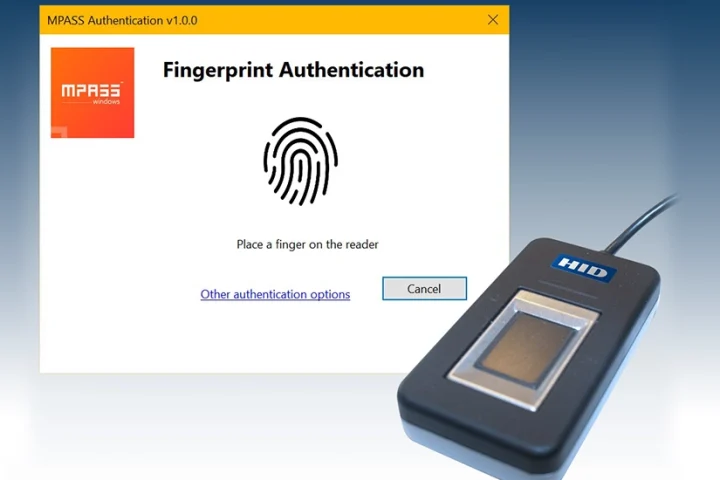Organisations must ensure they avoid scenarios that break regulatory compliance by failing to ensure legally mandated data protection, reputational and financial risk that result in negative publicity for the organisation.
Understandably, the changes with hybrid workforces and accelerated transformations in a post-pandemic recovery reality will post security risks. Organisations are obligated to consider seven different risks. Health and safety breaches that cause physical injury or death are among the pressing, and such instances could arise should critical industrial safety systems be disabled.
End-users should apply security best practices, and the first is crown jewels.
Existential, strategic, and operational risks loom ahead, and examples here include a complete loss of data, competitors gaining unfair advantages through stolen IPs, and plant shutdowns due to ransomware attacks, respectively.
End-users should apply security best practices, and the first is crown jewels. End-users can have a comprehensive understanding of their most valuable systems, data, and assets, conducting breaching tests to preserve and protect these systems.
Detailed written plans are required for incident response, business continuity, disaster recovery.
At the same time, end-users should design services, products, networks, and systems with cybersecurity in mind and implement a risk-based third-party approach to secure suppliers, acquisitions, partners, and customers. Preparation is also vital.
Detailed written plans are required for incident response, business continuity, and disaster recovery, while cybersecurity integration with mission strategies is essential for enabling innovation and growth.
Several upcoming technologies will deliver positive impacts for organisations. As such, becoming familiar with them should be a top end-user priority, and there are five areas to be excited about.
Cybersecurity integration with mission strategies is essential for enabling innovation and growth.
There’s cyber risk quantification, which will play an influential role in calculating risks, tracking improvements, and optimising cyber investment portfolios; and DevSecOps toolchain, which will converge security and system design with continuous monetisation.
Moreover, secure cloud technology will enable infrastructure transition and repeatable processes in cloud applications, cyber fusion will integrate industry-specific capabilities, and next-generation cyber operations will empower security analysis through artificial intelligence, automation, and orchestration.
Several upcoming technologies will deliver positive impacts for organisations.
Security decision-makers require a thorough understanding of the business they are protecting. They must be fully aware of critical systems and processes for business users, with an evident appreciation for the top five strategic business priorities moving forward.
Having the ability to articulate how the cyber world will enable these priorities is also essential, and an example here could be building security for faster market impacts with less risk. Business leaders are also implicated, and they too should always be familiar with the top five cyber risks at any given time and how they could impact strategic priorities.
Examples include complete loss of data, competitors gaining unfair advantages through stolen IPs, and plant shutdowns due to ransomware attacks.























